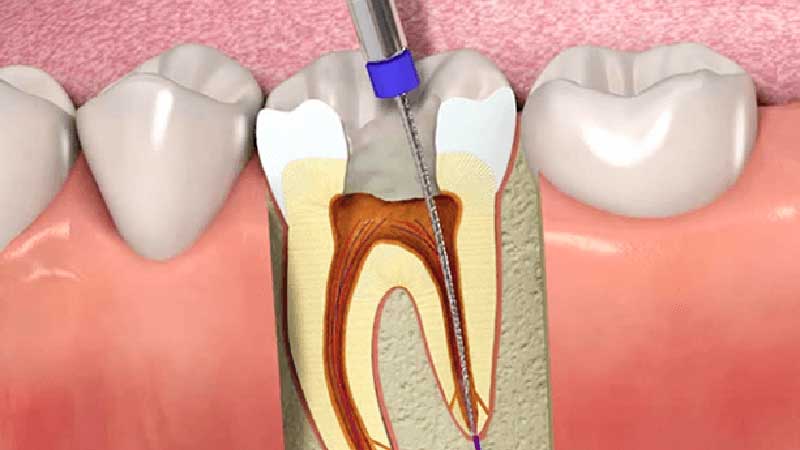In which situations is root canal therapy applied?
The most common situations requiring root canal treatment include deep caries and cracks in the dental bone. If the tooth is too damaged to heal, the pulp is removed to protect the tooth. In other words, the main advantage of root canal treatment is to save the dead tooth and ensure that the bone structure of the tooth is not lost. Situations that require root canal treatment are:
- Swelling in the face and neck areas.
- Persistent and extreme sensitivity to heat and cold.
- Acne-like sores on the gums.
- Cracked teeth.
- Swelling of gums.
- Referred toothaches.
- Deep bruises.
- Darkened gums.
How make is root treatment?
Root canal treatment has 4 main purposes; elimination of decay and infection, shaping of tooth canals, filling of canals and making the tooth functional again. Depending on the condition of the tooth, treatments may take 1 or 2 sessions. The procedure followed during the root canal treatment process varies depending on the damage to the tooth, but generally includes some steps:
- The dentist takes an x-ray to understand the root structure of the tooth and detect any signs of infection. Thanks to this, the damage to the tooth is detected and it is determined whether root canal treatment is needed.
- If the dental pulp is severely damaged, root canal treatment begins.
- If there is severe pain due to the formation of an abscess in the tooth, local anesthesia is applied before the treatment.
- The first step of root canal treatment is to carefully remove the pulp inside the tooth. After the pulp is removed, my dentist determines how long the root canal procedure will take.
- Root canals are reshaped and cleaned with the help of appropriate sized apparatus.
- One session of root canal treatment takes approximately 45 minutes on average. After the necessary procedures are performed, the tooth is x-rayed at least 2 times. If the dentist thinks that the treatment is successful, the canal is filled with a permanent material after the disinfection process to prevent the canals from being affected by the contamination process.
- Dentists may wait for the tooth to heal for approximately 4-5 days before applying a permanent filling. In this case, the tooth cavity can be closed with the help of a temporary filling.
- In the next session, the temporary filling of the tooth is removed painlessly and the permanent filling is applied.

Leave a Reply